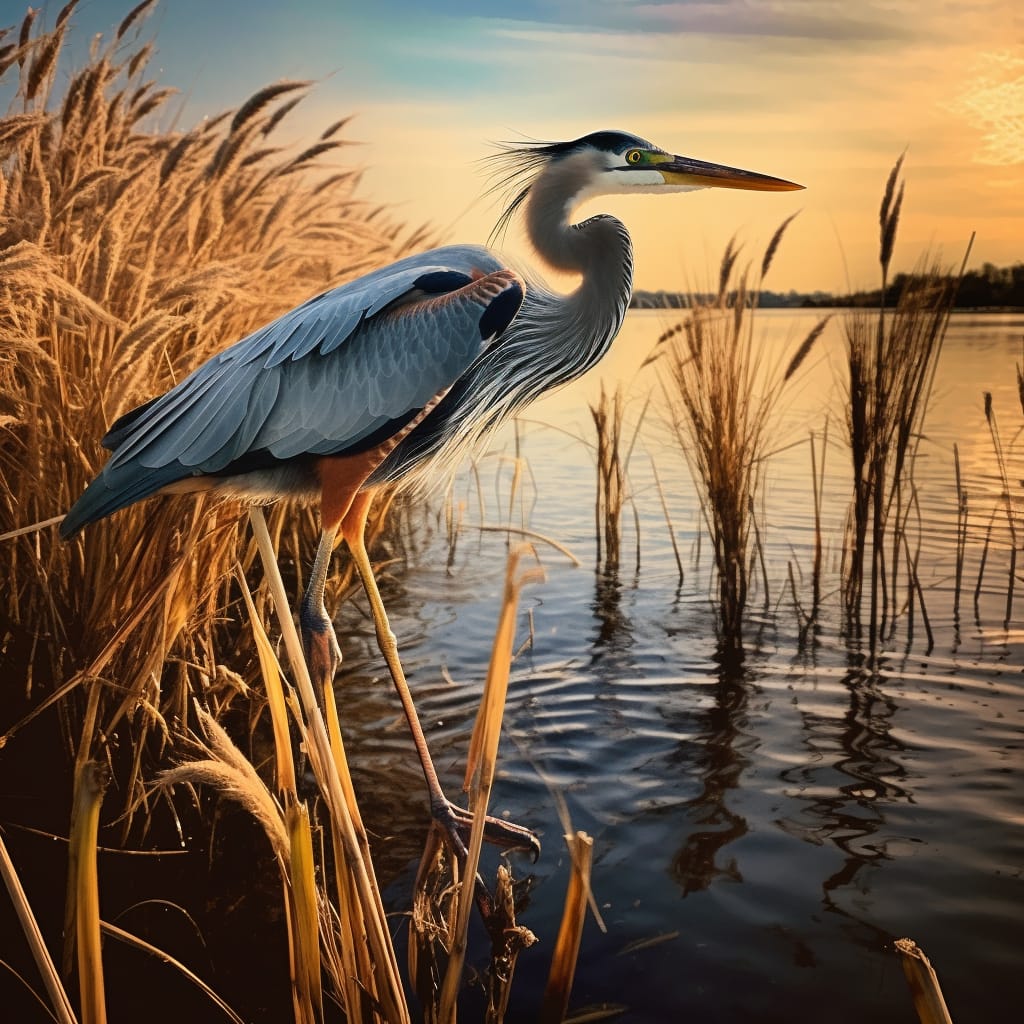The Underrated Wonders of Long Island's Wildlife!

Long Island may be best known for its vibrant beaches and illustrious Hamptons, but it's also a haven teeming with rich biodiversity. From serene woodlands to thriving wetlands, the island offers a remarkable array of wildlife that often goes unnoticed.
Incredible Birdlife at Jones Beach State Park
Jones Beach State Park, with its diverse habitats, is a bird-watcher's paradise. It's home to a myriad of species, including the endangered Piping Plover, which nests along the shoreline in the summer.
Reptiles and Amphibians in Massapequa Preserve
Massapequa Preserve is a vital sanctuary for reptiles and amphibians. Its freshwater streams and swamps are a haven for turtles, frogs, and salamanders, making it a fantastic place for herpetology enthusiasts.
Marine Life off Montauk Point
Off the coast of Montauk Point, a remarkable variety of marine life thrives. Whales, seals, and countless species of fish can be spotted here, revealing the rich biodiversity of Long Island's waters.
Diverse Habitats at Wertheim National Wildlife Refuge
Wertheim National Wildlife Refuge in Shirley, with its diverse habitats ranging from salt marshes to pine barrens, is home to a multitude of species, including white-tailed deer, red foxes, and various birds of prey.
Thriving Flora in Long Island Pine Barrens
The Pine Barrens of Long Island, the largest natural area on the island, boasts an extraordinary variety of plants, including the rare pygmy Pitch Pines. These ecosystems are also critical for groundwater recharge.
Resilient Wildlife in the Aftermath of Sandy
In the aftermath of Hurricane Sandy, it's been heartening to witness the resilience of Long Island's wildlife. Projects like the Hurricane Sandy Coastal Resiliency Program have helped support and restore these crucial habitats.
Long Island's wildlife is a testament to the intricate balance and remarkable resilience of nature. To preserve these treasures for future generations, it's essential that we continue to champion conservation efforts and respect these extraordinary habitats.